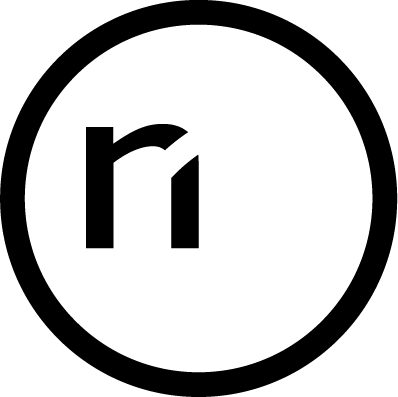CPAP supports the baby’s breathing
CPAP stands for 'continuous positive airway pressure' and is the preferred treatment for infants with breathing problems. CPAP causes excess pressure in the lungs, and the baby gets a constant pressure of air blown into the lungs through a small valve in the nose. The treatment supports the baby’s breathing; the baby is still breathing on its own.
The excess pressure helps the lungs to unfold which prevents the small air sacs (alveoli) in the lungs from collapsing, as well as improving the oxygenation of the blood. It also becomes easier for the baby to get any amniotic fluid out of the lungs (wet lungs), and breathing becomes more stable and regular.
CPAP has no side effects for the baby in the long term
CPAP can be given without adding oxygen, in many cases, only atmospheric air is provided. The small monitoring your baby has been wearing (a small LED that is typically placed around the foot) has measured the oxygen saturation in the baby's blood, and any supplementary oxygen has been dosed based on the values shown by the LED. There may have been a temporary need for extra oxygen, and the treatment does not have an impact on the baby in the long term.
If CPAP is needed for more than 2 hours
If the baby needs CPAP or oxygen (O2) for more than 2 hours, they will be admitted to the Neonatal Unit for observation.


